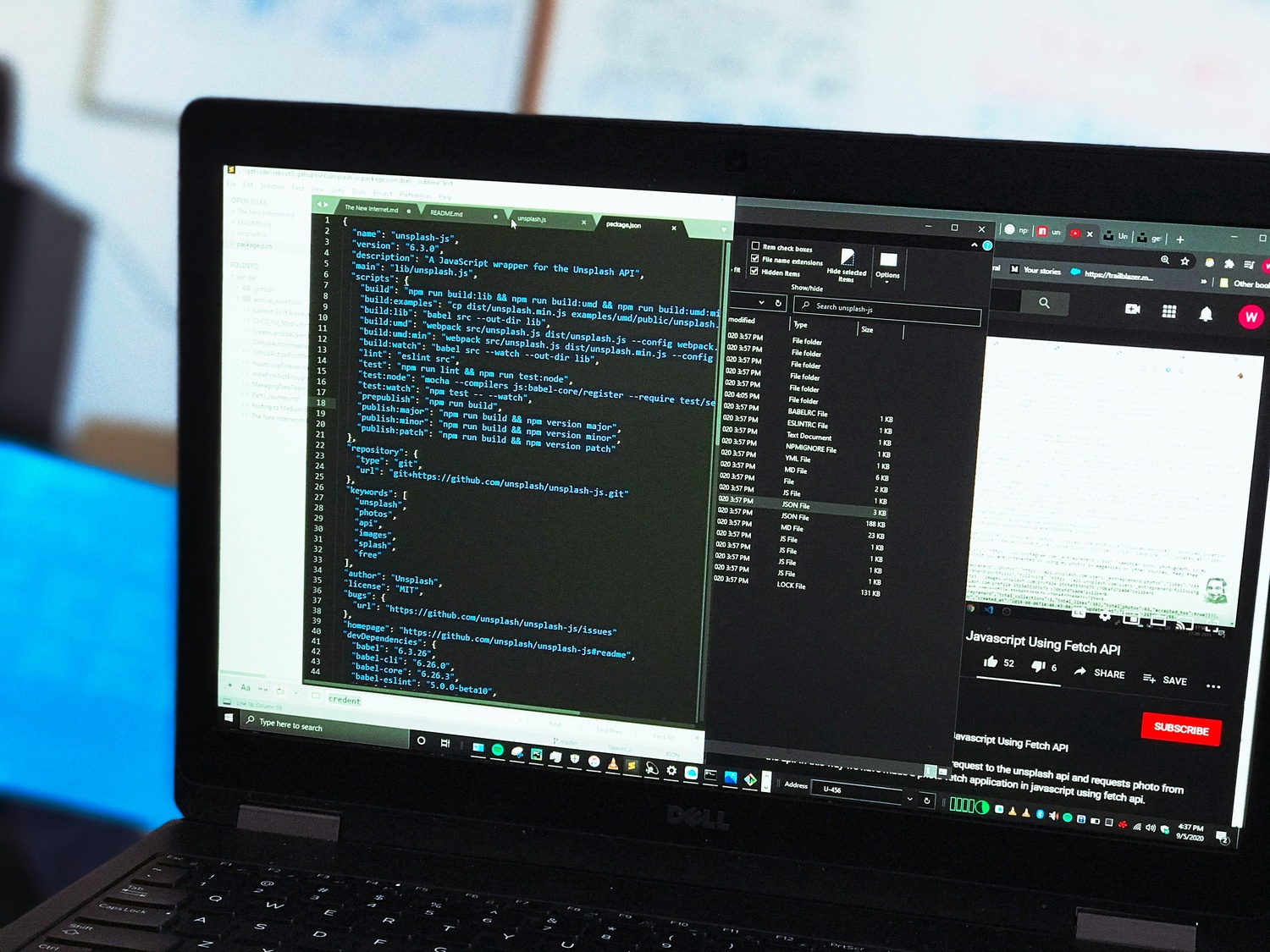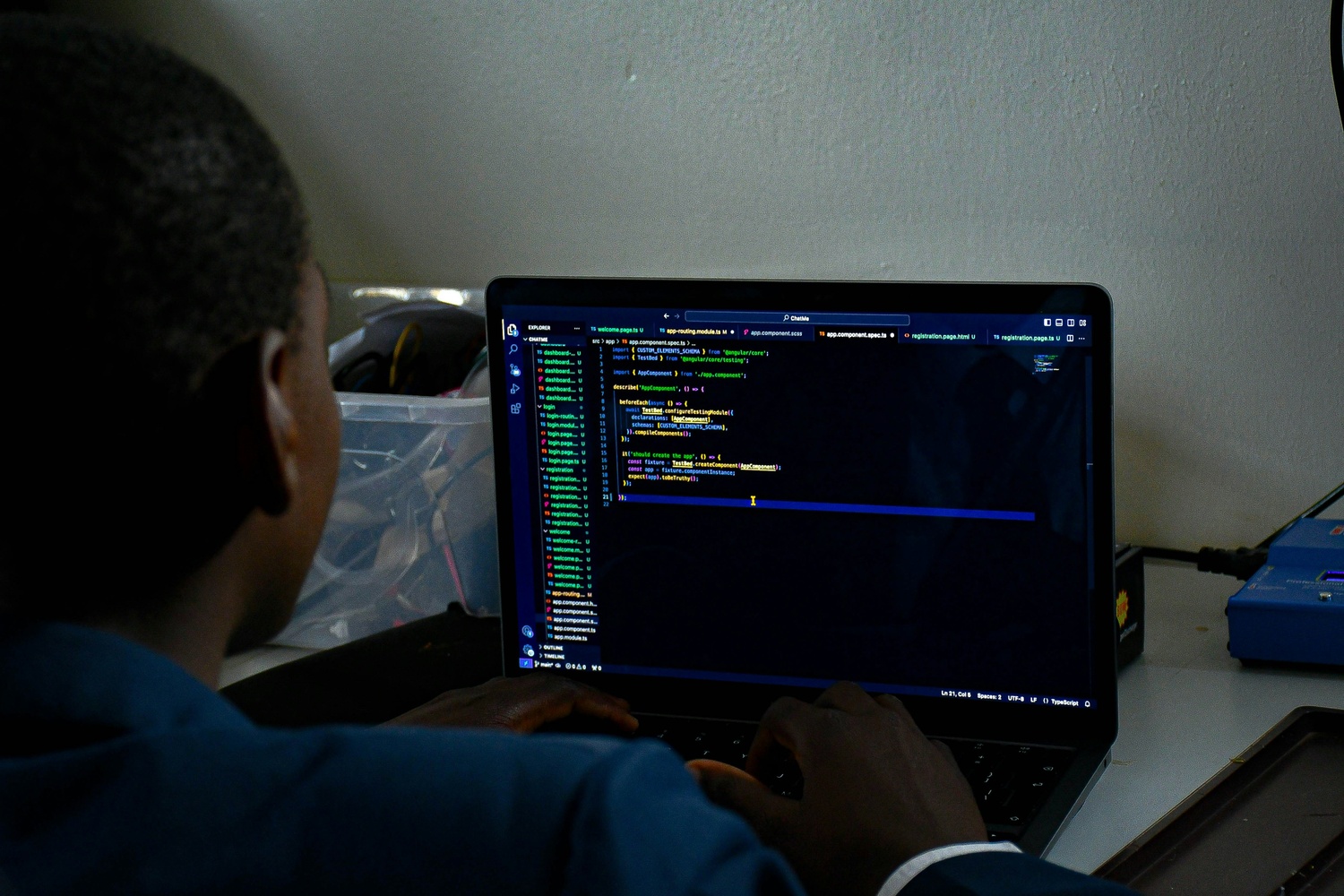As containers continue to drive how modern apps are built and deployed, securing them has become just as important as automating their delivery. For DevOps teams, container security isn’t just about scanning for vulnerabilities; it’s about building trust into every layer of the pipeline, from image creation to runtime monitoring. In this guide, we’ll look at the tools that actually make that possible, helping teams balance speed, flexibility, and security without turning every release into a headache.

1. AppFirst
AppFirst was built around a straightforward idea – developers shouldn’t have to fight with infrastructure to deliver secure, reliable applications. Their container security solutions for DevOps extend that mindset by making cloud security seamless, automated, and scalable across any environment. Teams simply define what their apps need, and AppFirst handles the rest – provisioning compute, managing networking, and taking care of logging, monitoring, and alerting without manual setup.
AppFirst also understands how hard it can be to stay compliant while shipping fast. That’s why security best practices are baked right into every step of the provisioning process. Whether it’s AWS, Azure, or GCP, AppFirst automatically applies consistent security policies, manages credentials safely, and gives teams full audit visibility. Developers can stay focused on building products that matter, while AppFirst keeps containers and infrastructure secure, no extra tools, no YAML fatigue, just faster, safer deployments that scale.
Wichtigste Highlights:
- Built-in container security solutions for DevOps with no manual setup
- Automatic provisioning across AWS, Azure, and GCP
- Integrated monitoring, alerting, and logging for full visibility
- Security and compliance enforced by default
- SaaS and self-hosted deployment options
Good Choice For:
- DevOps teams that want to ship quickly without security trade-offs
- Companies standardizing infrastructure across multiple clouds
- Developers tired of managing Terraform, YAML, or cloud config
- Teams looking for a simple, application-first way to stay secure
Kontakte:
- Website: www.appfirst.dev
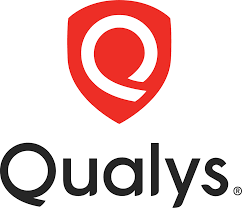
2. Qualys Kubernetes and Container Security (KCS)
Qualys KCS takes a practical approach to container security by following containers from the moment they’re built to when they’re running in production. It gives DevOps and security teams one place to track risks, spot vulnerabilities, and catch misconfigurations before they turn into bigger issues. Instead of throwing endless alerts, it maps problems to specific image layers so teams know who’s responsible and where to fix things, whether it’s the base image or a developer-owned layer.
It fits easily into existing workflows too. You can plug it into CI/CD pipelines and container registries, letting it automatically scan builds or block untrusted images from being deployed. Once those containers are live, it keeps watch for malware or suspicious behavior in real time. For teams already juggling multiple environments or tools, Qualys KCS adds a layer of visibility without slowing anything down.
Wichtigste Highlights:
- End-to-end security from image build to runtime
- Smart mapping of vulnerabilities to specific image layers
- Continuous monitoring for threats using eBPF detections
- Integrates smoothly with ServiceNow and CI/CD tools
- Unterstützt hybride und Multi-Cloud-Umgebungen
Good Choice For:
- Teams running large Kubernetes or Docker clusters
- Companies already using Qualys for broader security management
- DevOps teams that want automated scanning without extra manual work
- Organizations looking for a unified way to see container risks across clouds
Kontakte:
- Website: www.qualys.com
- LinkedIn: www.linkedin.com/company/qualys
- Facebook: www.facebook.com/qualys
- Instagram: www.instagram.com/qualyscloud
- Twitter/X: x.com/qualys

3. Chainguard
Chainguard is all about reducing the stress around container security. Instead of constantly patching vulnerabilities, it helps teams avoid them altogether. Their container images come “secure by default,” built from trusted open-source components and kept up to date with daily rebuilds. Each one includes digital attestations and a full software bill of materials, so teams know exactly what’s inside. That transparency makes audits and compliance checks a lot less painful.
For DevOps teams, this means fewer interruptions to development. You don’t have to stop to fix endless CVE alerts because most of them are handled before they ever reach your pipeline. Plus, compliance frameworks like FedRAMP and PCI-DSS are covered by default through hardened, ready-to-use images. It’s a simple idea – secure containers out of the box, but for busy teams, it saves a ton of time and frustration.
Wichtigste Highlights:
- Zero-CVE images with full transparency and SBOMs
- Containers rebuilt daily with the latest security updates
- Automatic compliance with FedRAMP, PCI-DSS, and SOC 2
- Fast vulnerability remediation backed by SLA
- Customizable and secure open-source base images
Good Choice For:
- DevOps teams tired of spending time patching containers
- Organizations that need secure open-source foundations
- Companies with strict compliance or regulatory requirements
- Teams that want reliable, pre-secured images to build on
Kontakte:
- Website: www.chainguard.dev
- LinkedIn: www.linkedin.com/company/chainguard-dev
- Twitter/X: x.com/chainguard_dev
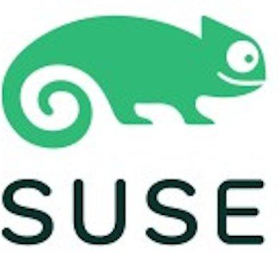
4. SUSE Security (formerly NeuVector)
SUSE Security offers a full open-source platform that helps DevOps teams keep container environments locked down without adding friction. It scans containers continuously, enforces policies automatically, and isolates workloads to prevent lateral movement. The whole thing is built around zero-trust principles, so every container and process gets verified – not just assumed to be safe.
It also plays nicely with CI/CD pipelines, which means security checks can happen automatically during builds or deployments. SUSE’s runtime protection uses AI-driven threat detection and network controls to spot attacks like DDoS or DNS tampering as they happen. For organizations that have to meet strict compliance standards like HIPAA or GDPR, the built-in reporting and audit tools make it easier to stay covered without slowing development down.
Wichtigste Highlights:
- Kubernetes-native and fully open-source security platform
- Continuous scanning and runtime protection based on zero-trust principles
- Automated policy enforcement across CI/CD pipelines
- Built-in compliance and audit reporting (PCI DSS, HIPAA, GDPR)
- Works across major platforms like Rancher, OpenShift, AWS, and Azure
Good Choice For:
- Enterprises running large Kubernetes environments
- DevOps teams building security into existing workflows
- Companies with compliance-heavy industries
- Teams that want strong runtime protection with open-source flexibility
Kontakte:
- Website: www.suse.com
- Address: 11-13 Boulevard de la Foire L-1528 Luxembourg Grand Duchy of Luxembourg R.C.S. Luxembourg B279240
- LinkedIn: www.linkedin.com/company/suse
- Facebook: www.facebook.com/SUSEWorldwide
- Twitter/X: x.com/SUSE
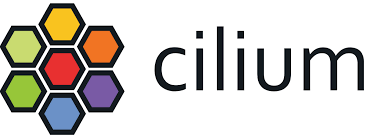
5. Cilium
Cilium is an open-source project built around eBPF technology that gives DevOps teams better control, visibility, and security over containerized networks. It replaces traditional sidecars and proxies with a lightweight data plane that runs directly in the kernel, making it fast and efficient for Kubernetes environments. With Cilium, teams can apply fine-grained network policies, detect runtime threats, and visualize traffic across multiple clusters without adding heavy infrastructure.
It’s not just a networking layer – Cilium also acts as a foundation for observability and security tools like Hubble and Tetragon. This ecosystem helps DevOps teams trace traffic flows, enforce identity-aware policies, and respond quickly to suspicious behavior. For organizations running large-scale or hybrid clusters, Cilium offers a practical way to unify connectivity, security, and monitoring through a single eBPF-based framework.
Wichtigste Highlights:
- eBPF-powered networking and security for Kubernetes
- Lightweight data plane with high performance and low overhead
- Built-in observability through Hubble
- Advanced runtime enforcement via Tetragon
- Supports multi-cluster and IPv6-only environments
Good Choice For:
- DevOps teams managing complex or multi-cluster Kubernetes networks
- Organizations adopting eBPF-based cloud-native infrastructure
- Teams that want real-time visibility and enforcement without proxies
- Companies seeking open-source, scalable container security
Kontakte:
- Website: cilium.io
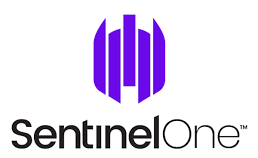
6. SentinelOne Singularity Cloud Native Security
SentinelOne’s Singularity Cloud Native Security focuses on helping teams secure containers and Kubernetes environments without relying on agents. It uses an offensive simulation engine to test for real-world exploit paths and filter out false positives, so teams can focus on alerts that actually matter. This approach combines visibility, vulnerability scanning, and compliance monitoring across multi-cloud environments in one platform.
For DevOps teams, it’s useful because it blends container and cloud security into a single workflow. SentinelOne scans infrastructure-as-code templates, monitors runtime activity, and automatically detects secret leaks across repositories. It’s built for teams that want a more proactive, test-driven view of their security posture – not just a list of risks to patch later.
Wichtigste Highlights:
- Agentless CNAPP for container and Kubernetes security
- Offensive Security Engine with verified exploit paths
- Secret scanning for 750+ secret types across repositories
- Built-in compliance checks for NIST, CIS, and MITRE standards
- Integration across AWS, Azure, GCP, OCI, and more
Good Choice For:
- Security teams managing multi-cloud or hybrid DevOps pipelines
- Organizations wanting fewer false positives and more actionable alerts
- Companies focused on compliance automation and exploit prevention
- Teams looking for visibility without deploying additional agents
Kontakte:
- Website: www.sentinelone.com
- Telefon: 1-855-868-3733
- LinkedIn: www.linkedin.com/company/sentinelone
- Facebook: www.facebook.com/SentinelOne
- Twitter/X: x.com/SentinelOne

7. Sysdig Container
Sysdig offers a cloud-native platform that keeps container security practical and manageable for DevOps teams. It combines real-time visibility, risk prioritization, and runtime threat detection so teams can act quickly when something looks off. Unlike traditional tools that flood dashboards with alerts, Sysdig filters noise and focuses on vulnerabilities that truly matter.
The platform uses runtime insights and deep telemetry, powered by open-source Falco, to detect lateral movement, privilege escalations, or misconfigurations as they happen. It also ties security issues directly to the infrastructure-as-code that defines them, letting teams fix problems at the source. For DevOps pipelines, that means less manual investigation and faster incident response without leaving the cloud-native workflow.
Wichtigste Highlights:
- Real-time visibility and runtime threat detection for containers
- Risk prioritization with context from workloads and infrastructure
- Integrated with open-source Falco for runtime security rules
- Kubernetes posture management and IaC remediation support
- Unified view of container, serverless, and Kubernetes security
Good Choice For:
- DevOps teams that want cloud-native visibility without extra overhead
- Companies using Falco or open-source tooling in their pipeline
- Organizations that need faster incident response and runtime detection
- Teams focused on reducing alert fatigue and manual investigation time
Kontakte:
- Website: www.sysdig.com
- Phone: 1-415-872-9473
- Email: sales@sysdig.com
- Address: 135 Main Street, 21st Floor, San Francisco, CA 94105
- LinkedIn: www.linkedin.com/company/sysdig
- Twitter/X: x.com/sysdig

8. Aqua Security
Aqua Security focuses on helping DevOps teams protect cloud-native applications from the moment code is committed to when it’s running in production. Its Cloud Native Application Protection Platform (CNAPP) combines multiple layers of security, container scanning, runtime protection, and compliance checks – all in one place. The goal is simple: keep development fast while preventing vulnerabilities, misconfigurations, and real-time attacks before they impact production.
Aqua’s open-source scanner, Trivy, is one of the most widely used tools for identifying risks in containers and registries, making it a natural fit for DevOps pipelines. For larger environments, the full Aqua Platform goes beyond scanning by providing policy enforcement, threat detection, and visibility across multi-cloud, hybrid, and on-prem setups. It’s designed for teams that want security integrated into their workflow, not bolted on at the end.
Wichtigste Highlights:
- Full lifecycle protection from code to runtime
- Trivy open-source scanner for containers and registries
- Integrated CNAPP covering CSPM, CWPP, and runtime defense
- Support for containers, serverless, and VM workloads
- Works across AWS, Azure, GCP, and on-prem environments
Good Choice For:
- DevOps teams that want built-in container security without slowing development
- Organizations standardizing on open-source scanning with enterprise-scale coverage
- Companies running hybrid or multi-cloud infrastructures
- Teams looking for unified visibility across different application types
Kontakte:
- Website: www.aquasec.com
- Phone: +972-3-7207404
- Address: Ya’akov Dori St. & Yitskhak Moda’i St (by the Moda’i bridge), Ramat Gan, Israel 5252247
- LinkedIn: www.linkedin.com/company/aquasecteam
- Facebook: www.facebook.com/AquaSecTeam
- Instagram: www.instagram.com/aquaseclife
- Twitter/X: x.com/AquaSecTeam
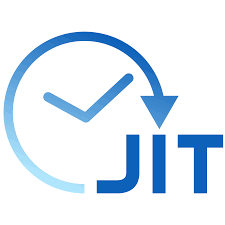
9. Jit
Jit takes a developer-first approach to container and application security. Instead of layering more dashboards and alerts, it automates the repetitive parts of AppSec using AI agents that run scans, surface real issues, and even help remediate them. The platform connects directly to code repositories, CI/CD systems, and cloud environments to find vulnerabilities in Dockerfiles, containers, IaC templates, and Kubernetes configurations – all from one place.
For DevOps teams, Jit essentially feels like having a few extra engineers who never stop scanning. It consolidates multiple security tools into one workflow, reducing noise and highlighting the problems that actually matter. The AI-driven remediation system can also generate code patches or pull requests, helping teams fix security flaws faster while keeping humans in the loop for final approval.
Wichtigste Highlights:
- Automated container and application security scanning
- Integration with multiple scanners across code, cloud, and CI/CD
- AI agents for detection, prioritization, and remediation
- Continuous monitoring of vulnerabilities and secrets
- One-click activation and seamless integration with developer tools
Good Choice For:
- DevOps teams looking to automate container and AppSec tasks
- Companies managing multiple scanners or toolchains
- Developers who want clear, contextual feedback without extra noise
- Organizations aiming to speed up remediation without losing accuracy
Kontakte:
- Website: www.jit.io
- Address: 100 Summer Street Boston, MA, 02110 USA
- LinkedIn: www.linkedin.com/company/jit
- Facebook: www.facebook.com/thejitcompany
- Twitter/X: x.com/jit_io
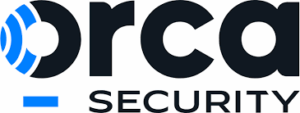
10. Orca Security
Orca Security delivers agentless container and Kubernetes protection designed to give full visibility without the setup headaches of traditional agents. Its SideScanning technology collects data directly from cloud configurations and runtime storage, providing deep insights into vulnerabilities, misconfigurations, and identity risks. This makes it easier for DevOps teams to see how small security gaps might connect to form an exploitable attack path.
Because it’s fully agentless, deployment takes minutes and doesn’t interfere with workloads or performance. Orca continuously scans container images, registries, and Kubernetes control planes, prioritizing risks based on context rather than just severity scores. It also supports compliance frameworks like PCI-DSS, HIPAA, and SOC 2, helping DevOps and security teams keep everything aligned without extra overhead.
Wichtigste Highlights:
- SideScanning technology for contextual risk analysis
- Continuous monitoring of containers, registries, and control planes
- Built-in compliance checks for major industry standards
- Unified risk prioritization across workloads and configurations
Good Choice For:
- Teams that want complete visibility without installing agents
- Organizations running multi-cloud or container-heavy environments
- Companies focused on compliance and risk prioritization
- DevOps groups that need fast, scalable security for Kubernetes and containers
Kontakte:
- Website: orca.security
- Address: 1455 NW Irving St., Suite 390 Portland, OR 97209
- LinkedIn: www.linkedin.com/company/orca-security
- Twitter/X: x.com/OrcaSec
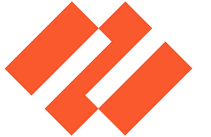
11. Palo Alto Networks Prisma Cloud
Prisma Cloud is designed to secure containers and Kubernetes workloads across the full lifecycle – from the first image scan to runtime protection. It gives DevOps and security teams one unified platform to handle vulnerability management, compliance checks, and real-time runtime defense. By embedding automated scanning into CI/CD workflows, it helps teams catch misconfigurations and vulnerabilities early without interrupting their pipelines.
What makes Prisma Cloud stand out for container security is its balance between visibility and control. It continuously monitors containers across managed and unmanaged environments, applies policies automatically, and flags risky configurations before they reach production. For teams running multi-cloud or hybrid setups, it keeps everything connected under a single dashboard, ensuring consistency and compliance wherever the workloads live.
Wichtigste Highlights:
- Full lifecycle security across build, deploy, and runtime stages
- Built-in and customizable compliance checks
- Integration with major CI/CD systems for automated scanning
- Real-time threat detection and behavior profiling for containers
- Works across public, private, and hybrid clouds with unified visibility
Good Choice For:
- DevOps teams securing containers in CI/CD pipelines
- Organizations managing hybrid or multi-cloud deployments
- Companies with strict compliance frameworks
- Teams needing integrated vulnerability management and runtime defense
Kontakte:
- Website: www.paloaltonetworks.com
- Telefon: (408) 753-4000
- Address: Palo Alto Networks, 3000 Tannery Way Santa Clara, CA 95054
- LinkedIn: www.linkedin.com/company/palo-alto-networks
- Facebook: www.facebook.com/PaloAltoNetworks
- Twitter/X: x.com/PaloAltoNtwks

12. Aikido Security
Aikido Security brings a simple but smart approach to securing container images. It scans Docker and Kubernetes containers for vulnerabilities, malware, outdated runtimes, and risky configurations, then automatically fixes them with AI-powered autofix capabilities. The idea is to help developers stay focused on coding while security runs quietly in the background, fixing issues in seconds rather than hours.
Aikido connects directly with popular registries like Docker Hub, AWS ECR, Azure, and GitHub, offering full coverage across the build and deployment stages. Its reachability analysis filters out false positives, while pre-hardened images and real-time triaging cut through the noise. For DevOps teams dealing with fast-moving pipelines, Aikido offers a balanced mix of automation and control that keeps container security light and developer-friendly.
Wichtigste Highlights:
- AI-powered autofix for container image vulnerabilities
- Scans Dockerfiles, registries, and Kubernetes workloads
- Supports major registries and cloud platforms out of the box
- Pre-hardened secure base images for ongoing protection
Good Choice For:
- Teams wanting fast, automated container image fixes
- Developers tired of false positives in vulnerability scanning
- Organizations using multiple registries or cloud providers
- DevOps teams looking for lightweight, AI-assisted container security
Kontakte:
- Website: www.aikido.dev
- Email: help@aikido.dev
- Address: 95 Third St, 2nd Fl, San Francisco, CA 94103, US
- LinkedIn: www.linkedin.com/company/aikido-security
- Twitter/X: x.com/AikidoSecurity

13. Legitify (by Legit Security)
Legitify is an open-source tool from Legit Security that helps DevOps and security teams uncover insecure configurations in GitHub and GitLab environments. While it’s not a runtime protection system, it plays an important role in securing the container pipeline by locking down the source control layer, where most container build and deployment processes begin. Misconfigurations in repositories or CI/CD permissions can expose build systems to serious risks, and Legitify makes spotting these issues fast and repeatable.
It scans SCM setups for risky configurations, missing policies, and weak permissions, offering clear remediation steps for each finding. For DevOps engineers managing large GitHub or GitLab organizations, it’s a practical way to enforce consistent security practices without manually reviewing every setting. By closing these early gaps, teams reduce the likelihood of insecure containers making it into production.
Wichtigste Highlights:
- Scans GitHub and GitLab setups for insecure configurations
- CLI-based tool that runs across entire organizations
- Provides severity scoring and remediation guidance
- Integrates with OSSF Scorecard for repository posture assessment
- Cross-platform and open-source for flexible use in pipelines
Good Choice For:
- DevOps teams using GitHub or GitLab for container pipelines
- Organizations wanting early-stage security in CI/CD setups
- Teams managing large or distributed repository structures
- Engineers looking for a simple, open-source SCM security tool
Kontakte:
- Website: www.legitsecurity.com
- Phone: (209) 553-6007
- Email: info@legitsecurity.com
- Address: 100 Summer Street Suite 1600, Boston, MA 02110 USA
- LinkedIn: www.linkedin.com/company/legitsecurity
- Twitter/X: x.com/legitsecurity1

14. Semgrep
Semgrep takes a smart, developer-friendly approach to container and application security. It blends static analysis, software composition analysis, and secret scanning into one setup that actually fits into a DevOps workflow. The scans are quick, the setup is light, and the results make sense — no endless lists of false positives to wade through.
What really stands out is how its AI assistant helps teams cut through the noise. It highlights only the issues that matter, offers clear fixes, and fits right into the tools developers already use, like GitHub or Jira. For teams juggling code and container pipelines, Semgrep makes it easier to keep security checks running in the background without slowing down the work.
Wichtigste Highlights:
- Combines SAST, SCA, and secret detection in one place
- AI filtering reduces false positives and clutter
- Offers developer-friendly remediation inside existing workflows
- Transparent rules that are easy to adjust and understand
Good Choice For:
- DevOps teams that want fast, accurate container scanning
- Developers who prefer actionable, noise-free results
- Companies building continuous security into CI/CD pipelines
- Teams using multiple frameworks or coding languages
Kontakte:
- Website: semgrep.dev
- LinkedIn: www.linkedin.com/company/semgrep
- Twitter/X: x.com/semgrep
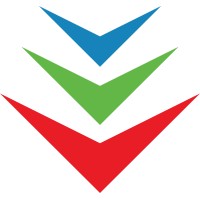
15. Spectral
Spectral focuses on stopping one of the biggest headaches in DevOps – secret leaks. It scans code, infrastructure, and repositories for exposed keys, tokens, and credentials before they make it into production. Instead of waiting for alerts after deployment, Spectral finds and fixes issues early in the pipeline.
It’s part of Check Point’s CloudGuard ecosystem, but it’s still built with developers in mind – simple setup, clear reporting, and minimal disruption to how teams already work. For companies handling lots of container images, cloud integrations, or fast-moving projects, Spectral helps keep sensitive data from slipping through unnoticed.
Wichtigste Highlights:
- Detects and prevents credential or secret leaks
- Scans across codebases, containers, and cloud setups
- Context-aware risk prioritization for faster fixes
- Integrates seamlessly with DevOps workflows
- Backed by Check Point’s CloudGuard platform
Good Choice For:
- Teams dealing with frequent code pushes and multiple repos
- Organizations running containers across several clouds
- Developers focused on securing pipelines against data leaks
- Companies already using CloudGuard for broader security coverage
Kontakte:
- Website: spectralops.io
- Phone: 1-866-488-6691
- LinkedIn: www.linkedin.com/company/spectralops-io
- Twitter/X: x.com/getspectral
Schlussfolgerung
Choosing the right container security solutions for DevOps isn’t about picking the flashiest tool – it’s about finding what truly fits how your team works. Each platform we’ve looked at brings something unique to the table, from automated vulnerability detection to deep runtime protection and compliance built right into the workflow. The best setups don’t slow things down; they quietly strengthen your pipeline so security becomes part of the process, not a roadblock.
In the end, DevOps security should feel natural, not forced. It’s about giving developers confidence that what they’re shipping is safe, stable, and ready for scale. Whether you’re running hundreds of containers or just getting started, the goal stays the same: protect what matters, automate what you can, and keep your focus where it belongs, on building great products that ship fast and stay secure.
